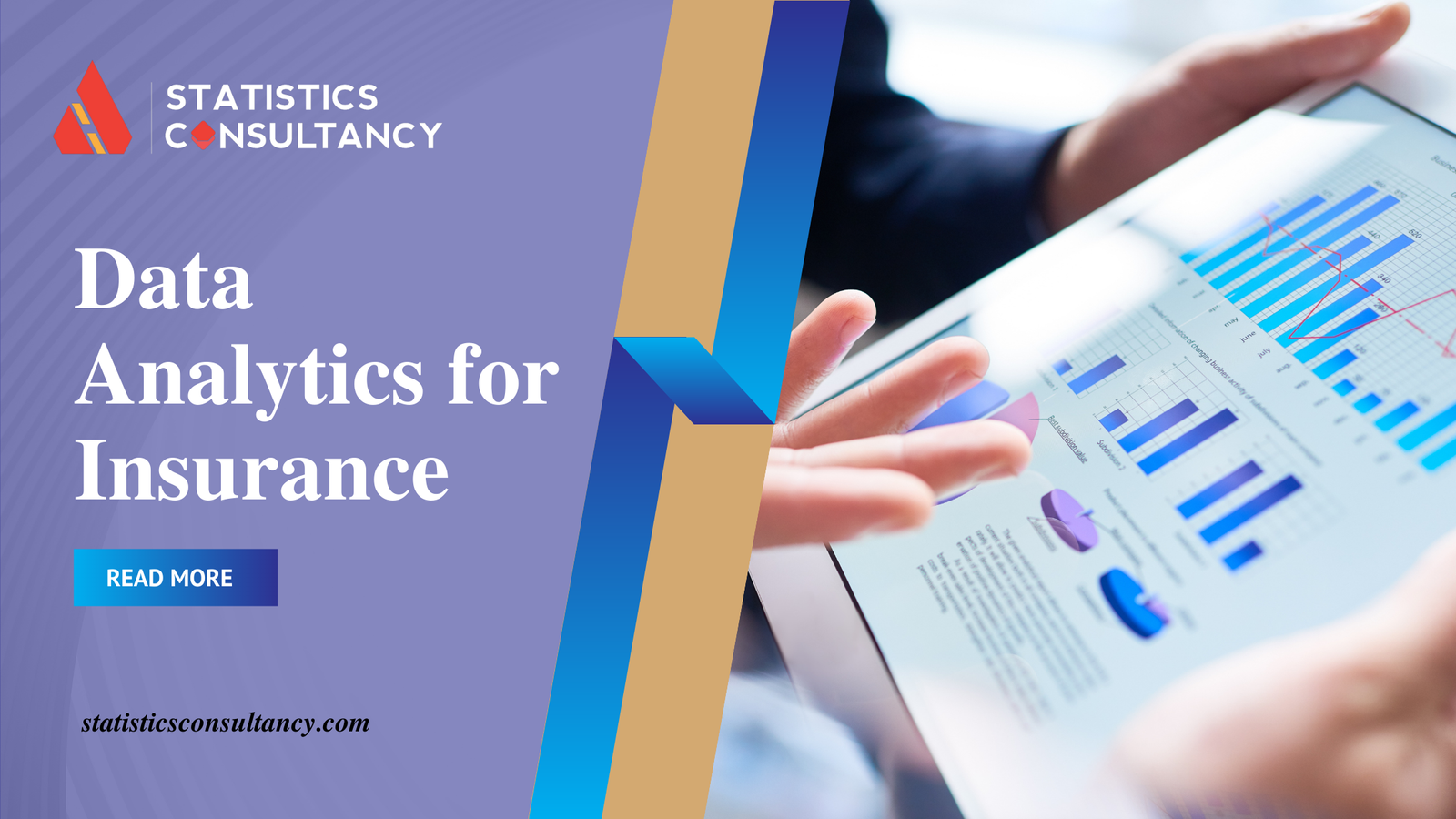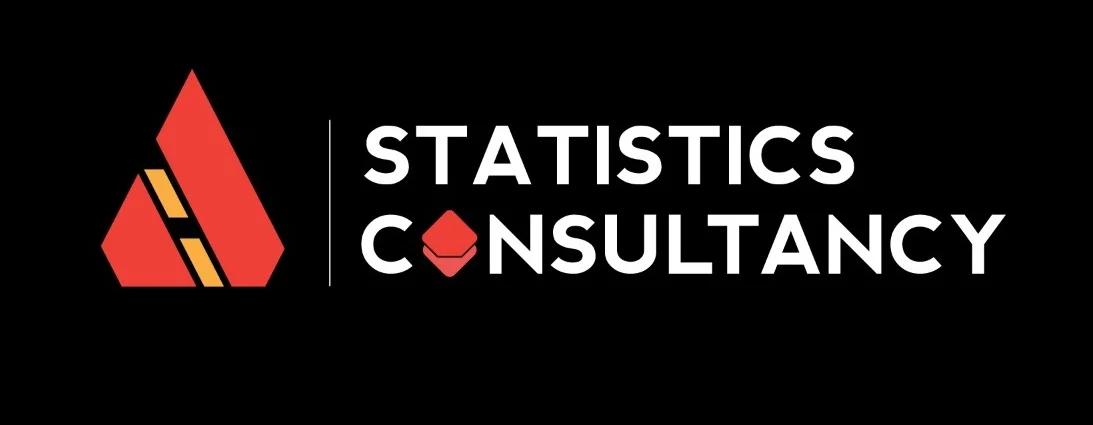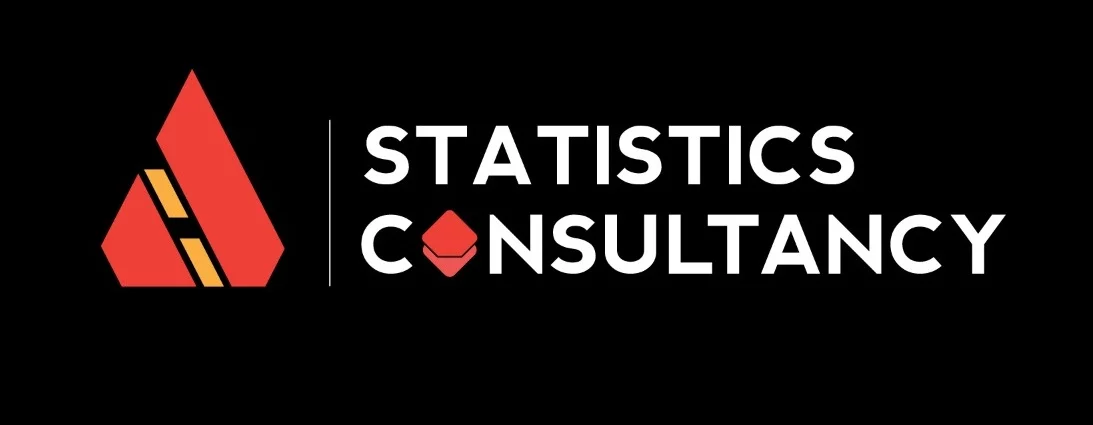
Data Analytics for Insurance: Introduction
Data Analytics for Insurance is the ever-changing technological landscape, various types of insurance policies exist around the world, making it difficult for clients to decide which insurance company to go with as they are met with many questions like:
- Is this company safe?
- Will they give me the best offer?
- What is their reputation in the market?
- Insurers also face challenges with understanding customer behavior, fraud, policy risks, and claim surety before offering policies.
- It has taken years for insurers to directly sell to customers and issue policies online, though many still have not been able to do so.
- Graph databases utilizing semantic inquiry can represent and store data through nodes, edges, and properties.
- The insurance industry has long relied on data pre-filtering, advanced mathematics, and financial theory to analyze customer behavior and estimate risks.
- Actuaries are essential to the insurer’s ongoing success and profitability.
- Typically, companies have used Descriptive Analytics to look to the past, however, the industry is now demanding more in terms of predicting the future through Predictive analytics, and how action can alter outcomes through Prescriptive Analytics.
- Big Data offers exceptional opportunities for data analysis to uncover basic patterns, gain a fundamental understanding of the insurance sector and manage intricate relations between agents and customers.
What problems does the insurance industry face?
- Customers may find a great company, however, it is possible that the client might be a fraud or have life-threatening problems, which would bring huge trouble to the insurer.
- Continually shifting business environments are intensifying competition and risk.
- Other challenges such as theft and dishonesty are also causing difficulty for the insurance industry.
- All of these challenges cause insurers to use data analytics so they can strengthen their pricing systems, understand their customers better, protect them against fraud, and assess risks.
- By doing this, data analysis can provide more accurate info about many transactions, product reliability, customer satisfaction, and many more.
- Big Data Platforms aim to provide users with effective analytics software for large datasets.
Data analytics implementation in the insurance sector:
- Data analytics in the Insurance Industry has been a part of digital transformation for years, increasing speed, accuracy, and efficiency throughout different insurance branches.
- Advanced data and predictive analytics systems help insurers make data-driven decisions, so AI in Insurance has enabled them to access high-level data and information that can be leveraged for improved processes and new opportunities.
- Let’s use auto insurance as an example.
- Data analytics is pushing innovation into all product lines and business functions; rather than just looking at internal data like loss histories, insurance companies analyze behavior-based analytics as well as credit scores from credit bureaus to gain evidence and insights into customers who are paying their bills on time.
- This advances the traditional analytics approach that looks at claim history, physical data, and demographics.
- New sources of external (third-party) data, risk underwriting tools, and behavior-influencing data monitoring are the primary developments transforming the game in this industry.
Why is data analytics necessary for the insurance sector?
- Data analytics offers insurers powerful new ways to optimize each aspect of their operations, helping them make informed decisions based on data.
- It can also be used to assess customer risk and detect fraud, as well as identify the most affordable insurance options for customers.
- This helps both parties increase speed, accuracy, and efficiency in the industry, providing companies with high-level data and information that leads to improved insurance processes and new opportunities.
- The Production Recommender System is a helpful tool driven by algorithms that allow customers to find the most suitable products for them.
Data Analytics in the Insurance Sector: Use Cases
As an example of how data analytics is used in the insurance industry, clients can use it to determine which insurer provides the best combination of price and coverage for their needs, while insurers can employ it to detect fraud and identify potentially impaired life customers.
Insurance Pricing:
- Insurance Pricing is also highly impacted by these solutions, allowing prospects to compare prices across multiple companies using comparative ratings.
- However, this means that some companies may be underpriced relative to risk if they are not pricing correctly, potentially resulting in significant financial losses.
- With automation, users can be sure that their prices are competitive and advantageous against competitors, which will boost growth and profitability in the long run.
Claim Payment Automation Modeling:
- Manual inspection of claims often leads to a long wait time for payout, resulting in higher claim amounts, decreased customer satisfaction, and potential customer retention issues.
- With algorithms, though, it’s easier to determine insurance premiums with greater accuracy and reliability.
- This increases customer satisfaction and ensures that claims are handled quickly and effectively. Users can also be sure of what reserves to set aside for IBNR-related losses.
Claim Development Modeling:
- It’s essential to predict final claim amounts as it affects financial statements in a big way. Particularly reserves and IBNR reported in quarterly earnings statements.
- With this predictive model. Users can build more reliable pricing models based on predicted losses per claim as the dependent variable.
Undertaking life insurance for customers with impaired lives:
- Life insurance companies don’t typically underwrite customers with serious illnesses because it requires a comprehensive and costly medical assessment.
- However, a life reinsurer can use medical history and conditions to accurately predict the risk of underwriting these individuals.
- This means they can directly underwrite people with good health prospects, resulting in more customers and reduced medical costs.
- Those with blood cancer have the highest chance of dying, but the death rate decreases over time.
- Investigating every claim for fraud would be too expensive. This might lead to some innocent customers having a bad experience with the company.
- Predictive models can help identify likely fraudulent activity. Data helps determine the age groups and occupations most prone to fraud.
Modeling of fraudulent claims:
It would be very expensive and ineffective to look into every fraudulent claim. Investigating innocent clients could also be a negative experience for the insured. Which might cause some of them to stop doing business.
Conclusion:
The use of big data analytics in insurance is on the rise; companies spent $3.6 billion in 2021 alone. Companies that invest in this technology enjoy efficiency gains of 30%. Cost savings of 40-70%, and an increase in fraud detection rates of 60%. Both customers and companies benefit from these solutions, which allow insurers to better target their customers’ needs.

